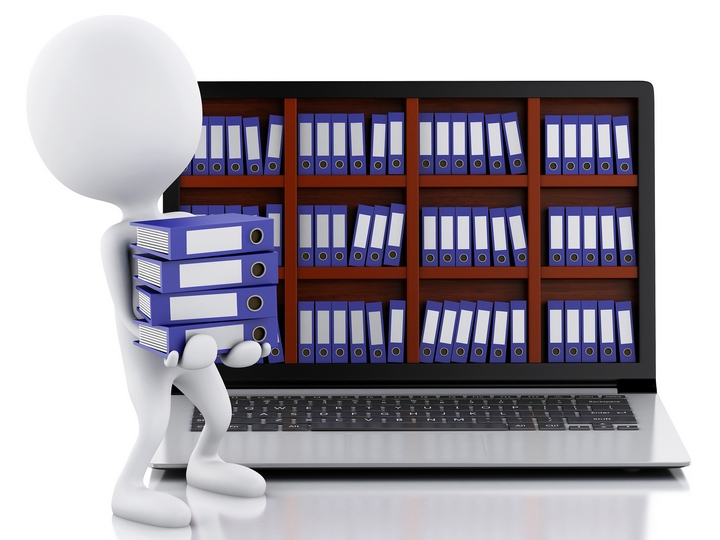Documents, documents everywhere, but not a place to file them. Sigh…the art of filing.
Although many small- and medium-sized businesses (SMBs) are embracing paperless offices, there is still plenty of companies that have delayed the inevitable. Despite taking advantage of cloud computing and mobile technology, they have yet to go fully paperless. This is why it is essential to implement the correct document management system. With the right protocol for all of your files, pages, receipts and other types of documents, you can be organized.
It is vital for SMBs to enhance productivity levels to compete in today’s global economy. This can’t be done if you’re spending a lot of time searching for documents or storing files recklessly.
Here are five document management tips for SMBs:
1. Utilize Emails for Document Management

Let’s face it: many of the documents we receive on a daily basis come from emails. Once we receive these documents, we print them out, place them in a folder and then have them lay around. This is not the path to effective document management.
What you should do instead is to properly archive those emails in your inbox.
Here is what you can do:
- Create several folders in your email inbox.
- Archive emails with attachments.
- If it is essential, you can print out the documents and place them in a cabinet.
These tips are the bare bones of what how you should manage documents.
2. Name Files & Folders Correctly (Digital and Offline)

The key to successful document management is to have an incredible filing system, both online and offline. This starts by naming your files and folders correctly without causing any headaches.
The files and folders should correlate to the subject at hand, dated the right way and easy to find.
3. File Every Single Workday

How many physical documents were in your hands today? Fifty-three? Twenty-three? Two?
Whatever the case, it is imperative to file every single workday. You should refrain from postponing for another day because then the files simply pile up and could potentially be lost.
Whether it is periodically throughout the day or before you leave the office, remember to file!
4. Document Destruction is Key for Organization

Sometimes, there is something as too many documents in the office. In other words, perhaps it is time for some good old-fashioned document destruction or paper shredding.
An important aspect of document management and filing is to not be overloaded. How can you achieve this objective? It’s simple: if a document is at least five years old then toss it.
Everything from outdated employment contracts to seven-year-old credit card receipts to an internal memo from Christmas, you need to allocate some of your time to destroying files.
5. Avoid Overfilling Your Files

Ask any secretary and she will tell you that overfilling files is the most frustrating part of working in an office. Does this sound like your SMB? Well, change this policy immediately.
By overfilling your folders and having your filing cabinets burst at the seams, you not only risk damaging the documents inside, you could also become disorganized and even lose important files, pages and any other kind of document you may need on a certain day.
(Should you need every single document that comes your way, then it’s time to go paperless!)
A document management system will ensure that your business doesn’t suffer from exorbitant administrative costs, or perhaps even downtime from seeking out documents. Indeed, managing an abundance of documents can be hard to do, but with the right plans, measures and protocols, you can guarantee that you will be able to access any file or folder you want with ease.

